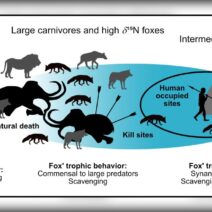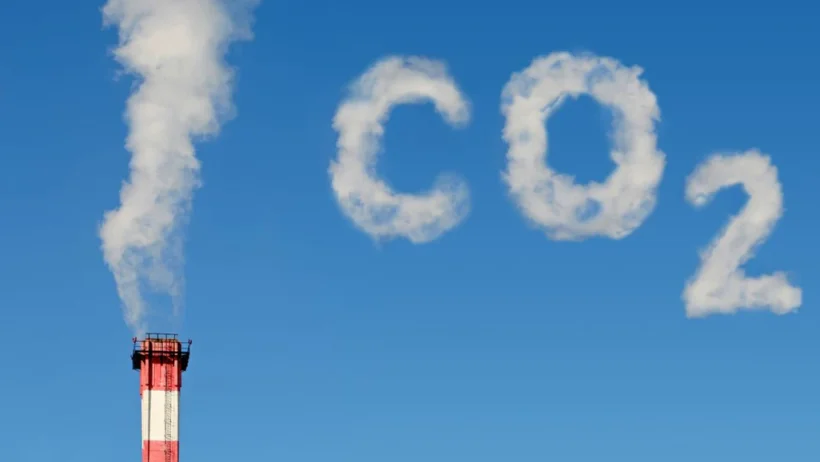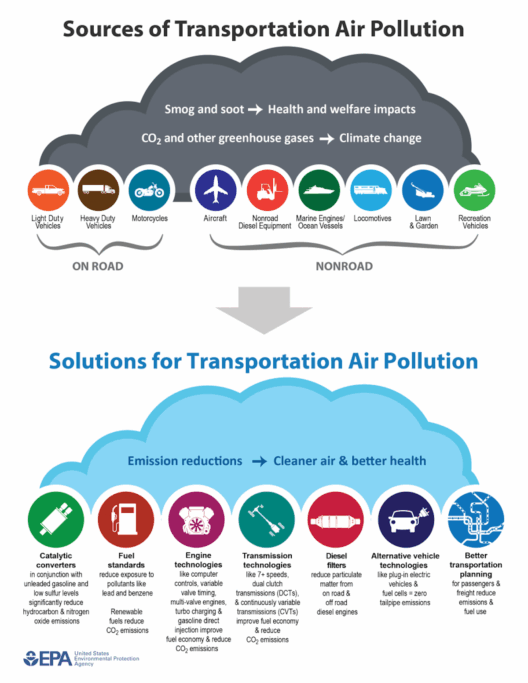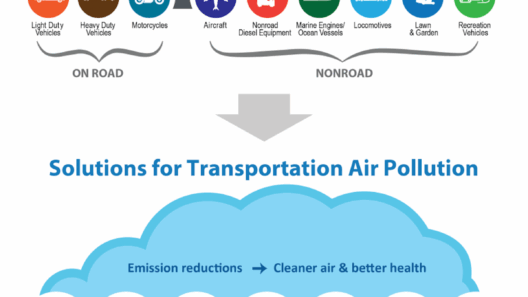Carbon dioxide (CO2) is often heralded as the principal greenhouse gas driving climate change, and for good reason. Our planet’s climate system, an intricate web of interactions among the atmosphere, hydrosphere, lithosphere, and biosphere, relies on a delicate balance of energy. When this balance is disrupted, particularly by anthropogenic (human-caused) emissions, the consequences can be profound and far-reaching. Delving into how CO2 contributes to climate change reveals both an urgent problem and avenues for meaningful action.
The composition of our atmosphere has undergone significant alterations since the advent of industrialization. This alteration is primarily due to the combustion of fossil fuels, deforestation, and various agricultural practices. Carbon dioxide’s concentration in the atmosphere has soared from approximately 280 parts per million (ppm) pre-industrialization to over 400 ppm today. This steep rise correlates with a marked increase in global temperatures and varied climatic phenomena.
Understanding the role of CO2 in climate dynamics necessitates a basic grasp of the greenhouse effect. Solar radiation reaches the Earth, providing the vital energy necessary for life. A portion of this energy is absorbed and re-radiated as infrared energy. Greenhouse gases, including CO2, trap some of this outgoing heat, preventing it from escaping into space. Thus, while this natural process is essential for maintaining Earth’s temperature, an excess of greenhouse gases amplifies it, resulting in a warming atmosphere, known as global warming. This temperature anomaly creates a cascade of effects, impacting weather patterns, ocean health, and ecosystems.
The consequences of elevated CO2 levels are ubiquitous and alarming. One notable effect is the increasing frequency and intensity of extreme weather events. Heatwaves, storms, and floods are becoming more severe, leading to infrastructure degradation, economic losses, and humanitarian crises. Furthermore, as ocean temperatures rise, the frequency of hurricanes and typhoons escalates, jeopardizing vulnerable coastal communities. Additionally, the effects are not solely meteorological; ecosystems are also suffering. Coral bleaching, for instance, occurs when elevated ocean temperatures and acidification—both driven by increased CO2—compromise marine coral systems, which are foundational to biodiverse ocean habitats.
Moreover, the ramifications of rising CO2 extend to food security and water resources. Changes in rainfall patterns can lead to droughts or excessive flooding, both of which pose significant risks to agriculture. Crop yields may decline, leading to increased prices and potential food shortages, a scenario that disproportionately affects low-income populations who are least equipped to adapt.
While the overwhelming force of climate change may seem daunting, understanding how to mitigate CO2 emissions is essential. Perhaps the most impactful strategies involve reducing reliance on fossil fuels. Transitioning to renewable energy sources such as solar, wind, and hydropower represents a significant step toward a sustainable future. These technologies harness natural phenomena, thereby minimizing carbon emissions associated with traditional energy sources. Governments and private sectors are increasingly investing in infrastructure to support these green technologies, demonstrating a keen awareness of the benefits of such transitions.
Energy efficiency also plays a pivotal role in addressing CO2 emissions. Implementing energy-efficient technologies in homes, industries, and transportation can significantly lower energy consumption and, subsequently, carbon emissions. Simple actions, such as using energy-efficient appliances or optimizing public transportation systems, have considerable cumulative effects. Additionally, individuals can contribute to this effort by adopting practices such as carpooling, using public transport, or even biking more frequently.
Another integral strategy involves reforestation and supporting natural carbon sinks. Forests function as vast reservoirs of carbon, absorbing CO2 from the atmosphere and storing it within biomass and soil. By protecting existing forests and facilitating the growth of new ones, societies can dramatically enhance their capacity to sequester carbon. Urban greening initiatives—planting trees, creating green roofs, and establishing community gardens—also help reduce the urban heat island effect while simultaneously improving air quality.
In recent years, carbon capture and storage (CCS) technologies have emerged as a promising avenue to reduce atmospheric CO2. This innovative approach involves capturing CO2 emissions at their source—such as power plants—and storing them underground or utilizing them in industrial processes. While CCS technologies are still being developed and implemented on a global scale, they represent a noteworthy step toward decreasing total carbon emissions in various industries.
In addition to these technological innovations, policy frameworks play a crucial role in addressing the climate crisis. Governments must prioritize climate-oriented legislation, enforce emissions reductions, and incentivize sustainable practices. Effective environmental policy must consider both the local and global scales, enabling cooperative strategies that transcend borders and geographical limitations.
Given the scale and urgency of climate change, public engagement and education are paramount in galvanizing action. Raising awareness about the impact of carbon emissions—and the role individuals can play in emission reduction—is critical for instigating widespread behavioral change. Educational programs that emphasize sustainability and environmental stewardship can pave the way for a more conscientious society committed to combating climate change.
Ultimately, the challenge of carbon dioxide and its contribution to climate change is both complex and multifaceted. However, armed with knowledge and determination, societies can pivot toward sustainable practices that mitigate CO2 emissions. Individual and collective efforts in reducing fossil fuel consumption, enhancing energy efficiency, protecting natural ecosystems, and advocating for effective policy reform can pave the way for a more sustainable future. Through collaboration and innovation, we have the potential to combat one of the most pressing issues of our time, securing the planet for current and future generations.






